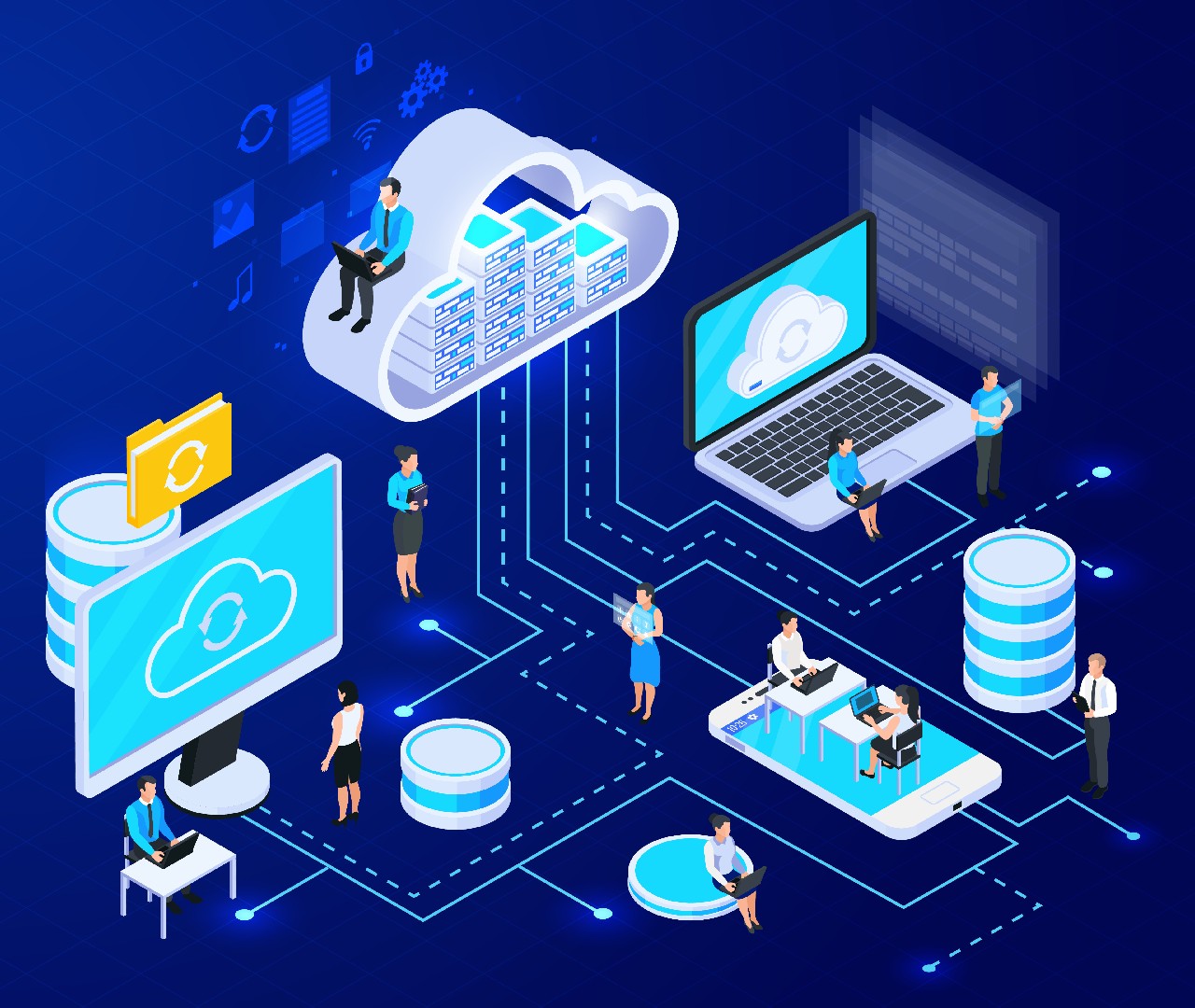If we go by 2021, the decade of the 2020s looks to be a watershed moment for the business adoption of AI. According to McKinsey, 57% of respondents in emerging economies had adopted AI – a significant increase over the 45% that reported adopting it last year (in 2020).
We’ve already discussed where AI is heading in 2022. Let’s take a look back at where AI has been in 2021.
The Enterprise AI Landscape in 2021
AI Adoption, Digital Transformation Got a Boost
It’s been widely and correctly reported that AI got a major boost from the COVID-19 pandemic. As companies scrambled to fix broken supply chains (and shore up vulnerable ones), they also had to figure out how to adapt to an audience that was in turmoil. Social distancing, occupancy restrictions, lockdowns, and health precautions carried on during parts of 2021 in many places. The preference for online shopping and consumers’ financial uncertainty drove changes in buying behaviors. In short, companies had less time than ever to come up with solutions.
Thus, initiatives around digital transformation and marketing shifts (e.g. from using distributors and retailers to selling directly to consumers or individual stores) became more relevant than ever. They were fast-tracked as a way to simplify business operations while meeting consumers’ emerging needs.
Companies Turned to AI to Trim Costs, Generate Value
Just as consumers were tightening their own belts to weather financial tough times, businesses were also looking for ways to reduce costs while increasing productivity. Interestingly, the same McKinsey report quoted above noted that cost levels from AI adoption decreased in 2020, while the revenue increases continued. In fact, these businesses expect the value of their AI investments to keep growing over the next few years.
How is AI generating value? It helps to understand that AI includes multiple sub-disciplines, such as “sensing” technologies (computer vision/visual analytics, natural language processing/speech processing, etc.), robotics, machine learning (commonly used for predictive analytics and self-learning applications), expert systems, and neural networks (e.g. for decision-making systems). As companies tried to do more with less, they turned to AI to streamline work processes and help them make data-backed decisions. After all, there is less room for error in the current market.
Decision-Making, Productivity, Flexibility Among Key Interest Areas
The ‘democratization’ of AI and data storage – essentially, making AI available to more companies at much more affordable prices– and the growth of Cloud computing paradigms like SaaS (which delivers the benefits of AI as a service) have paved the way for an increase in use cases. Thus, we saw more companies lean into data-driven decision-making as a quicker and more efficient way to respond to market changes. We saw non-tech companies using AI to improve their customer service processes via chatbots and to support sales and marketing personnel with on-demand information. And we saw companies using AI to shorten times to market and help teams develop better products, faster. Technologies like natural language processing that seemed like “nice to haves” in the 2010s are quickly becoming mainstream, all in support of making businesses nimble, agile, flexible, and responsive.
What Impact Will AI Have in 2022?
If 2020 and 2021 taught us anything about adopting technology, it’s that businesses can do it quickly when there’s a pressing need. It’s also taught us that we can make strides in developing AI technologies quite rapidly. What will 2022 bring to AI in the business world? It will be exciting to find out.
Authored by: Dr. Anil Kaul, CEO of Absolutdata and Chief AI Officer at Infogain
Related Absolutdata products and services: NAVIK AI Platform, AI & Data Sciences, ASK NAVIK, Data Integration, BI & Dashboards































